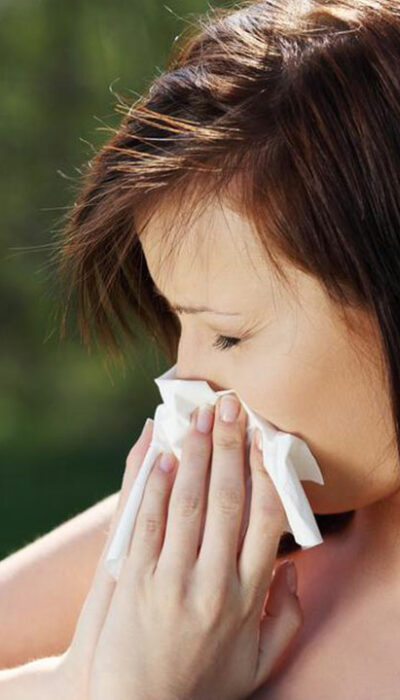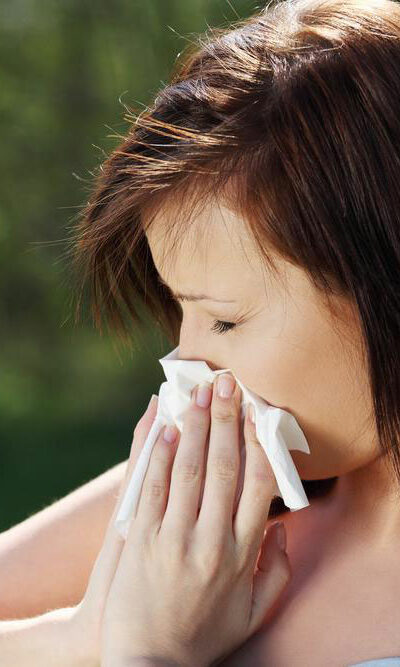
Everything You Need to Know about Pneumonia
One of the most crippling diseases that can affect the lungs today is pneumonia. Of course, as with any infectious disease, there are many steps that you can take to avoid such an infection, but they aren’t always 100% efficient. Also, like with most other infections, bacteria are often the biggest culprit in adults. The infection in itself causes difficulty in breathing because it blocks the air sacs in the lungs and fills them with fluid or pus. Here are the symptoms, causes, and, most importantly, treatments that one can follow. Understanding Pneumonia Symptoms The symptoms of the infection depend greatly on how long the infection has been manifesting. This is why when these symptoms ever surface, one should get the possibility of Pneumonia ruled out as soon as possible. The symptoms can also be mild, severe, or life threatening. General pain around the chest area Coughing with phlegm and other types of mucus discharge A high body temperature that fluctuates Sweating and chills accompanied by shortness of breath Remember that these are just the basic symptoms of the infection. Depending on the state of your general health and well-being, your age, your symptoms may include other things as well. Symptoms influenced by age differ greatly for infants. They have difficulty eating, drinking, or swallowing in general. They are also likely to show a lack of energy and vomit frequently. People on the other end of the spectrum will probably suffer from a body temperature that falls dangerously low during the infection. However, by far, the most interesting collection of symptoms come from the kind of infection that has plagued you. Viral pneumonia is likely to show the above-stated symptoms and resembles flu when it comes to the same. It also includes wheezing, but bacterial pneumonia is different. Bluish lips and a blue tint in the nails along with a general sense of confusion are only some of the symptoms that are involved when it comes to bacterial pneumonia.










